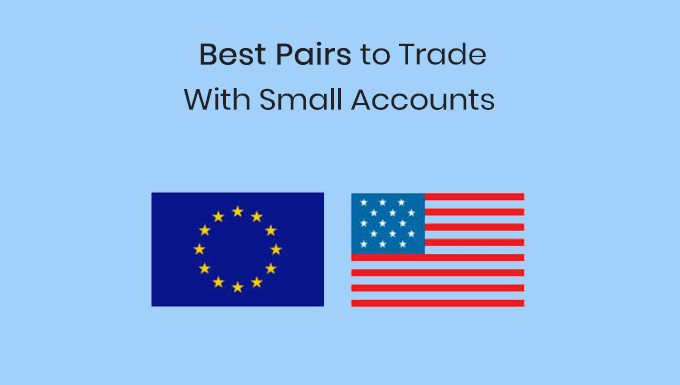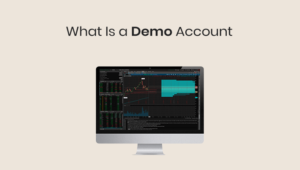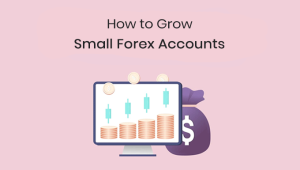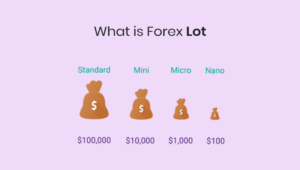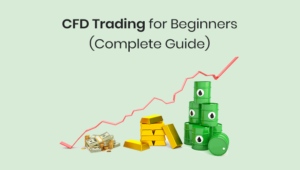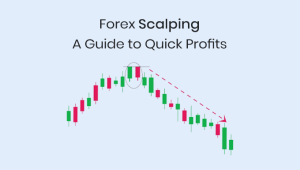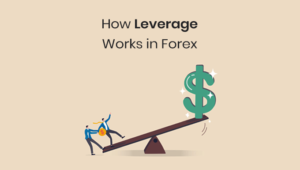Choosing the best pairs to trade with small account is essential when you’re starting your journey in the Forex market with small accounts. But let’s get real—how do you decide which ones will give you the best bang for your buck? The trick lies in picking the right pairs to trade. In this article, we’re exploring exactly that, along with tips, strategies, and important considerations when trading with a small account.
What is a Small Account?
A small account is generally considered to be one that has less than $10,000 in Forex trading. Now, that might not sound “small” to everyone, but in the world of trading, it’s considered to be on the lower end of the capital invested.
Unique Challenges
- Limited Risk Tolerance: Less money means you can’t withstand huge losses.
- No Room for Error: Mistakes can be costlier when you have a smaller margin for error.
Opportunities
- Quick Growth: With the right moves, a small account can see rapid percentage gains.
- Flexibility: Less money at stake often means you’re more open to experimenting with different strategies.
The Basics of Currency Pairs
What is a Currency Pair?
A currency pair consists of two currencies, one being bought and the other being sold.
For example, in the pair EUR/USD, you’re essentially buying Euros while selling US Dollars.
Major, Minor, and Exotic Pairs
Major currency pairs are those that include the world’s most traded currencies, like the US Dollar, Euro, and Japanese Yen. Minor pairs are less liquid but still relatively stable, and exotic pairs are often more volatile, involving currencies from smaller or emerging market countries.
Strategies for Small Account Trading
Risk Management
Risk Management is very important when you’re working with a small trading account. With limited capital, there’s less room for error, and a couple of bad trades could significantly impact your account. Choosing overly volatile currency pairs can exacerbate this risk.
Tips:
- Diversify: While diversification is harder with a smaller account, try not to put all your eggs in one basket.
- Leverage Wisely: High leverage can magnify both gains and losses. A small account should make you even more cautious about using leverage.
- Use Stop-Loss Orders: Always set stop-loss levels to manage potential losses proactively.
Transaction Costs
In addition to the risks associated with trading itself, traders have to be mindful of the transaction costs involved. Costs like spreads and commissions can quickly add up, particularly if you’re an active trader.
Tips:
- Be Selective: If your account size is small, making numerous trades with high spreads and commissions can significantly reduce your profitability.
- Know the Costs: Always be aware of the transaction costs on your platform and how they fit into your trading plan.
- Scalping Caution: If you’re considering a scalping strategy, where profits are made from very small price changes, transaction costs become even more critical.
Liquidity
Liquidity plays a significant role in forex trading. Higher liquidity usually results in narrower spreads, making it cheaper for traders to enter and exit positions. This is especially important for traders with small accounts, where cost efficiency is crucial.
Tips:
- Major Pairs: Consider trading major currency pairs like EUR/USD or GBP/USD, which usually have higher liquidity and narrower spreads.
- Avoid Exotic Pairs: Exotic or less commonly traded pairs may offer higher profit potential but come with wider spreads and lower liquidity.
- Trading Hours: Be aware of the forex market hours and when your chosen currency pairs are most liquid. This often coincides with the opening hours of the relevant foreign exchange markets.
Risk-Reward Ratio
The risk to reward ratio is crucial, particularly when you’re working with a small account and can’t afford significant losses. A favorable risk-reward ratio ensures that the potential reward justifies the risk involved in a trade.
Tips:
- Minimum Ratio: Aim for a risk-reward ratio of at least 1:3. This means that for every unit of risk you take, there should be a potential for three units of reward.
- Pre-Trade Assessment: Before entering any trade, calculate the risk-reward ratio to determine if the trade aligns with your financial goals and risk tolerance.
- Position Sizing: Use appropriate position sizes that conform to your calculated risk-reward ratio. This is especially crucial in a small account where a single loss can have a significant impact.
Best Pairs for Small Accounts
EUR/USD
This is the most traded currency pair in the world, providing ample liquidity and relatively low spreads. It’s an excellent choice for beginners.
GBP/USD
Also known as “Cable,” this pair offers decent volatility without being too risky. Just keep an eye on economic news from the UK and the US, as it can influence the pair’s behavior.
USD/JPY
If you’re up for trading during the Asian session, this could be your go-to pair. It’s less volatile than other pairs, making it somewhat safer for small accounts.
AUD/USD
The Australian Dollar and the US Dollar pair is another safe bet, offering moderate volatility and reasonable spreads.
USD/CAD
Known as the “Loonie,” this pair can be a good option, especially if you can keep tabs on the economic indicators from both the US and Canada.
Conclusion
In summary, trading with a small account requires a disciplined approach and a robust risk management strategy. Selecting the best pairs to trade with a small account doesn’t have to be a daunting task. By considering factors like liquidity, transaction costs, and risk management, you can find currency pairs that are well-suited for your trading needs. Remember, the Forex market is ever-changing, so keep your eyes open, stay educated, and adapt as needed.
FAQs
Q: How much money do I need to start a small account?
A: In Forex, you can start with as little as $100, but most consider a small account to have less than $10,000.
Q: Is it advisable to stick to one currency pair when trading with a small account?
A: It’s generally better to focus on a few pairs initially. Spreading yourself too thin can make it hard to keep track of market movements.
Q: How do I manage risks when trading with a small account?
A: Use tools like stop-loss orders and take your time to do thorough market analysis.
Q: Can I make a significant profit with a small Forex account?
A: Yes, it’s possible, especially if you use leverage wisely and focus on high-probability trades.
Q: Should I avoid trading exotic pairs with a small account?
A: Exotic pairs are often more volatile and have wider spreads, making them riskier for small accounts.
Q: Can I diversify with a small account?
A: Yes, but be careful not to spread your capital too thin across multiple pairs.
